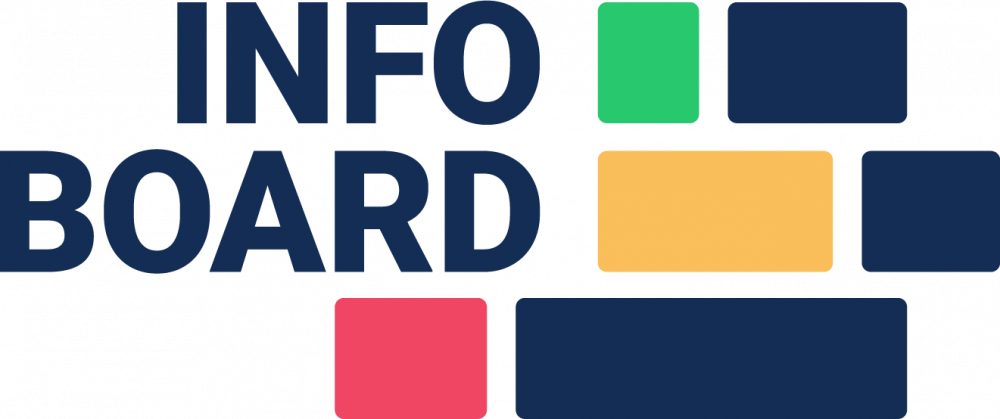Zeiterfassung und – Auswertung mit infoBoard
Vor 10 Jahren habe ich auf einer Deutschen Messe mit einem Mitarbeiter eines Maschinenherstellers über Maschinendaten-Auswertung gesprochen.
Ich verstand augenblicklich, dass seine Balkengraphiken nur eine Darstellung des Istzustands und der Historie von Fakten war. Dagegen ist infoBoard eine Darstellung und insofern vage Vorstellung, was in der Zukunft passieren soll. Hier Flexibilität, dort unveränderliche Daten.
Deswegen ist die Zeiterfassung der Anwesenheit und eine Mitarbeiterbezogene Zeiterfassung auf seine Aufgaben in der Vergangenheit immer nur eine Ergänzung zur Planung gewesen. Einige möchten auch nur eine nachträgliche Projektzeiterfassung durch den Mitarbeiter, hauptsächlich um den Kunden korrekte Rechnungen stellen zu können.
Nun ist bei infoBoard durch verschiedene Kundenprojekte eine n e u e Zeit angebrochen: das infoBoard Zeitmanagement. Und in top: die Verlagerung der Verantwortung auf den Mitarbeiter für seine Arbeitszeit. *)
Durch diese Verknüpfung wird die Revolution durch Digitalisierung auf dem Arbeitsmarkt weiter vorangetrieben. Ich bin dafür, dass sich Mitarbeiter positiv entwickeln und ihre Wertschöpfung für das Unternehmen erhöhen, um aus diesem Grund ihren Lebensstandard erhöhen zu können. Der Mitarbeiter sollte gerne auch belohnt und nicht nur entlohnt werden.
Über diese Decade der Softwareentwicklung landen wir also bei InfoBoard WorkingSchedule, der Arbeitsplan https://infoboard.app/funktionen Der Mitarbeiter sieht seine Stempelzeiten und die geplanten betrieblichen Aufgaben und arbeitet diese ab. Oder trägt sie auf den nächsten Tag vor. Er erfasst live seine Zeiten auf Aufgaben oder zu einem späteren Zeitpunkt seine Projektzeiten. Alles auf seiner eigenen Oberfläche.
Er sieht Statistiken zu Urlaub und Überstunden, kontrolliert seine Arbeitszeit selber, druckt seinen Stundenzettel aus, unterschreibt diesen und legt ihn seinem Arbeitgeber vor.
Das ist doch schon mal ein Anfang in der neuen Zeit!
Im Tagesgeschäft ist für das Unternehmen das übliche möglich: Buchen der Stempelzeiten, Nachkalkulation der Aufträge. Korrektur von falschen oder fehlenden Zeiten.
Eine besondere (Weiter-)Entwicklung hat in den letzten Monaten stattgefunden: auf mehrdimensionalen Planungsobjekten buchen Mitarbeiter jetzt einzeln ihre Arbeitszeiten. Der Planer kann bei starkem Auseinanderfallen der Gruppenarbeit leicht die mehrdimensionalen Objekte in einzelne Aufgaben auflösen und exakter planen. Je stärker Planung und Fakten in der Gegenwart (infoBoard Tagesstrich) zusammenlaufen, desto detaillierter werden die Daten, die zu verarbeiten sind.
All diese Erkenntnisse führen uns bei infoBoard zu neuen Produktstrategien und Entwicklungen, die wir in diesem Jahr des neuen infoBoard ZeitmanagementsZeiterfassung und -Auswertung mit infoBoard noch vorstellen werden.
